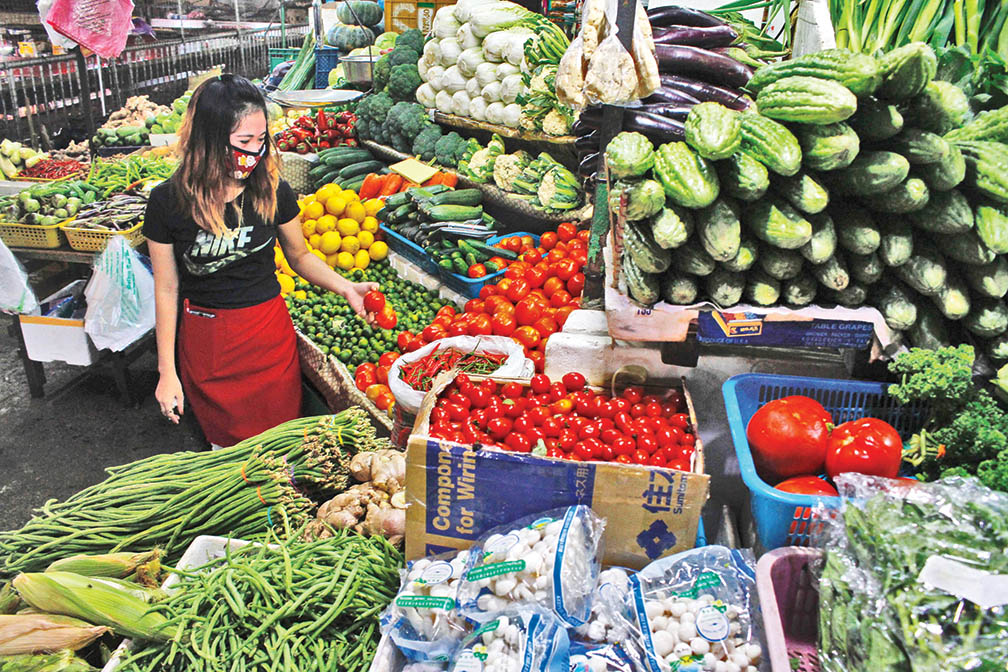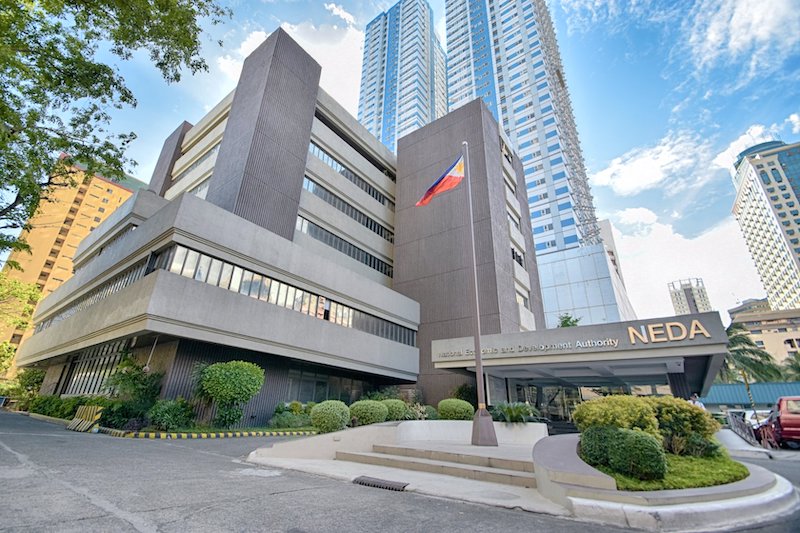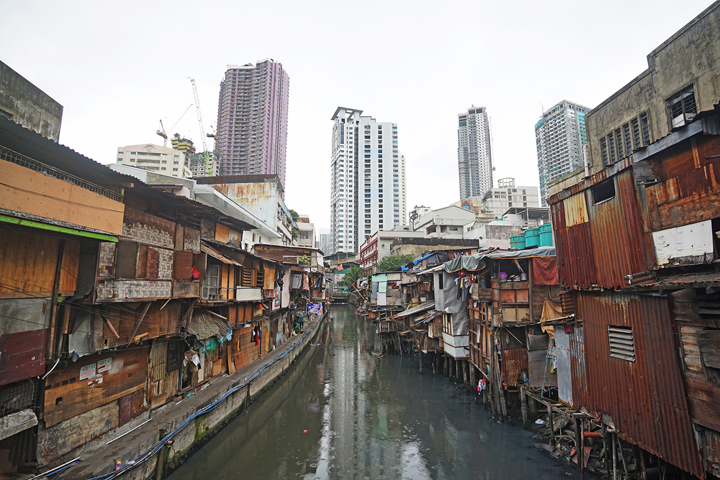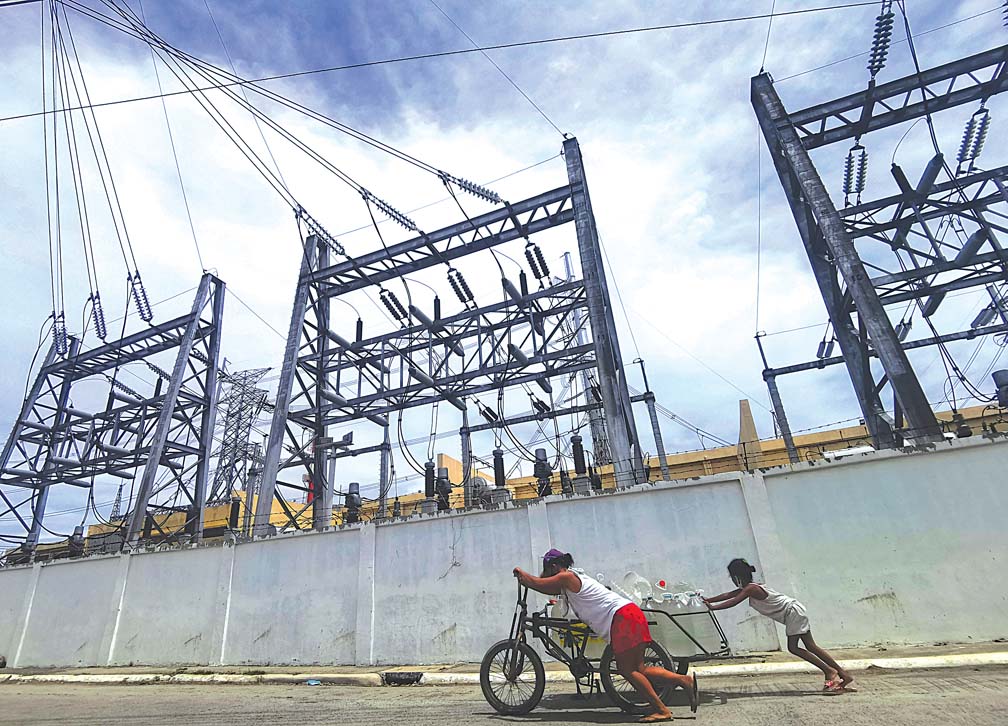THE country’s economic growth is forecasted to continue in the second quarter, up until the rest of the year, but the weakness of the local currency could also still continue throughout the year.
A recent report from analysts at the University of Asia and the Pacific (UA&P) and First Metro Investments Corporation (FMIC) said recent economic indicators suggest “sustained fast growth” in the second quarter and the rest of 2022, albeit at a slower pace.
In particular, analysts pointed to the country’s Manufacturing Purchasing Managers Index (PMI) for May and April, as well as the local employment data, especially for construction and the rest of the industry sector.
S&P Global reported earlier that the Philippines’s PMI hit 54.3 in April, and 54.1 in May, marking the third consecutive and fourth month of manufacturing growth in the country.
Meanwhile, employment gains emerged for five out of six subsectors in the industry sector led by Construction and Manufacturing. Growth was also seen for three services subsectors—Transport and Storage; Accommodations & Food Services; and Education—which were hardest hit by the pandemic.
Exports and capital goods imports remained in positive territory in April.
“Despite sky-high crude oil and commodity prices and rising domestic inflation, there still appears some growth momentum as evidence[d] by expansive PMI in May and employment gains in April in Industry sector, especially in construction and manufacturing, and in more severely affected subsectors of the services sector by the pandemic,” the report read.
Analysts said construction and manufacturing will continue to lead the growth in the Industry sector. Together with the robust recovery of badly impacted subsectors in the service sector, these will offset some of the expected slowdown in the consumer sector due to higher inflation rates.
For local prices, inflation is expected to speed up to an average 5.4 percent in the second quarter and 5.7 percent in the third quarter, but will likely start easing in the fourth quarter.
Earlier this week, the Bangko Sentral ng Pilipinas (BSP) said inflation could have settled between 5.7 percent and 6.5 percent in June. This means that inflation acceleration is certain to accelerate from May’s 5.4-percent print.
Analysts also said recent data suggest “extended weakness” of the local currency against the US dollar in the short and longer term, unless some structural changes occur or the global environment improves significantly.
The peso depreciation is also expected to encourage domestic food producers to step up their uptick, with foreign products becoming more expensive, thereby affecting inflationary pressures further.
On Monday, the local currency closed trade at P55.08 to a dollar, slightly strengthening from the previous day’s trade of P55.09 to a dollar.

































